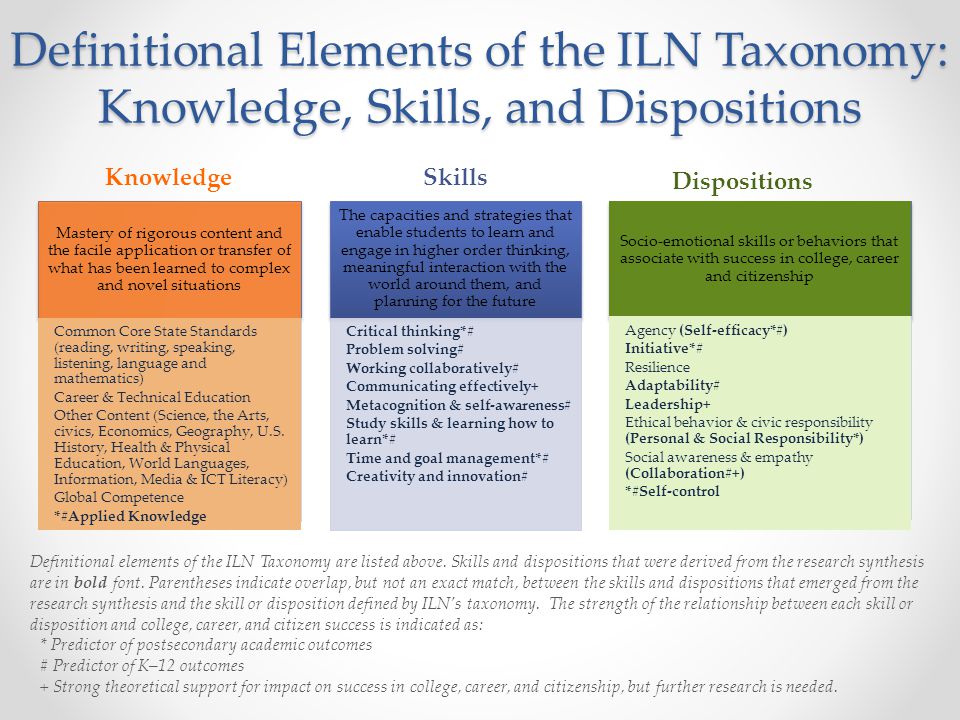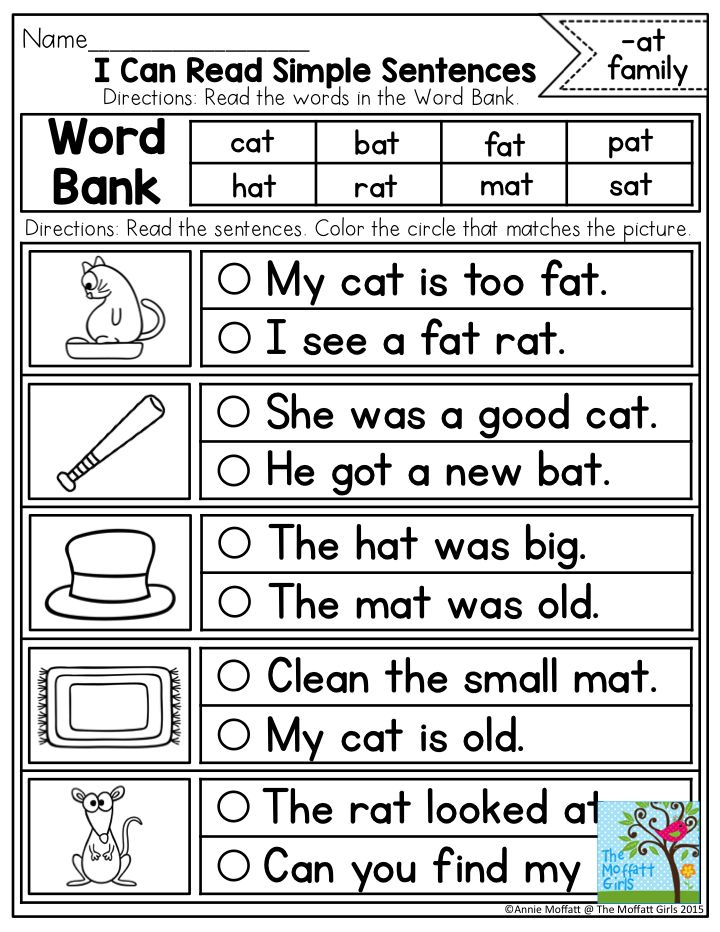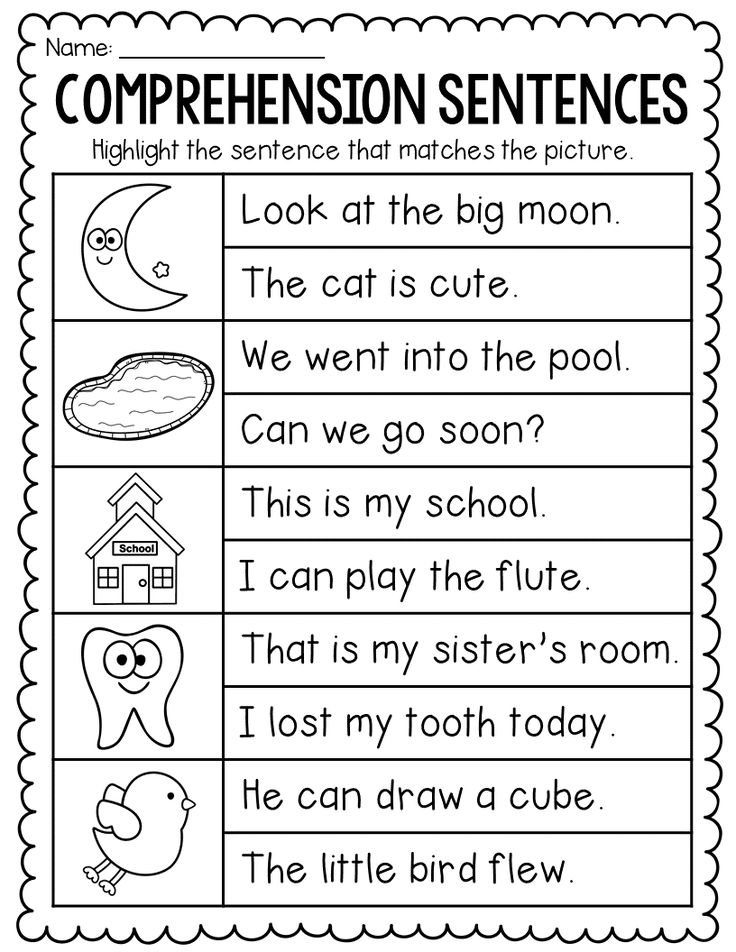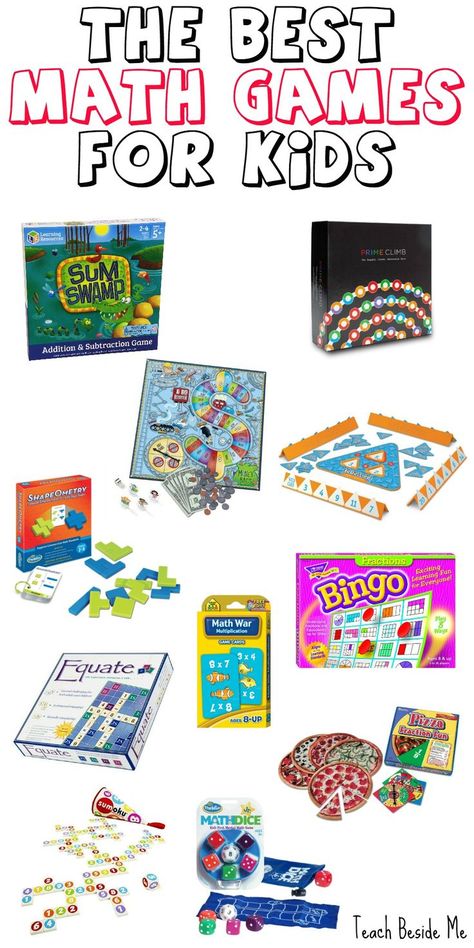One step directions
Teaching One Step Directions: 7 Steps For Success!
Teaching one step directions to young children with autism can be a struggle! Every school year, I have new students who have goals and objectives for imitation and following one step directions. Every year, my team and I start with the basics when teaching them. I’ll be honest and tell you that when I have a student that is not able to imitate me yet, I panic a bit. Imitation is a KEY to learning! As a speech/language pathologist, I need to get on that ASAP. Let me let you in on a secret…I don’t panic anymore. This is because I have put a system into place that works! I hope this system and hierarchy for teaching children with autism imitation and one step directions works for you too! First, just a little dose of reality. For some children, this hierarchy works really quickly and they make fast progress. For others, it can feel slow and a bit arduous. Just keep pressing forward! Some students just need a LOT of repetition to make that connection in their brains.
They will get there!
It’s best to teach motor imitation before moving on to more complex skills like following one and two step directions or verbal imitation. This skill is such a huge building block for everything else. It should be one of the first things on your radar when you start working with a new student who doesn’t exhibit this skill yet. To start, say “do this” and clap your hands. If your student is not able to copy you, follow these steps:
1. Full Physical Cue
Start with the cue “do this”. After giving that cue, you perform the motor action (clap hands). Then immediately use a full physical cue to help the student clap their hands (hand over hand prompting). Use a data sheet and track how they are doing.
2. Partial Physical Cue
Give the cue “do this”. Then place your hands on your student’s elbow and push in a bit to see if it cues them to finish the motor action of clapping their hands.
3. Verbal Cue Only
Say “do this” and clap your hands.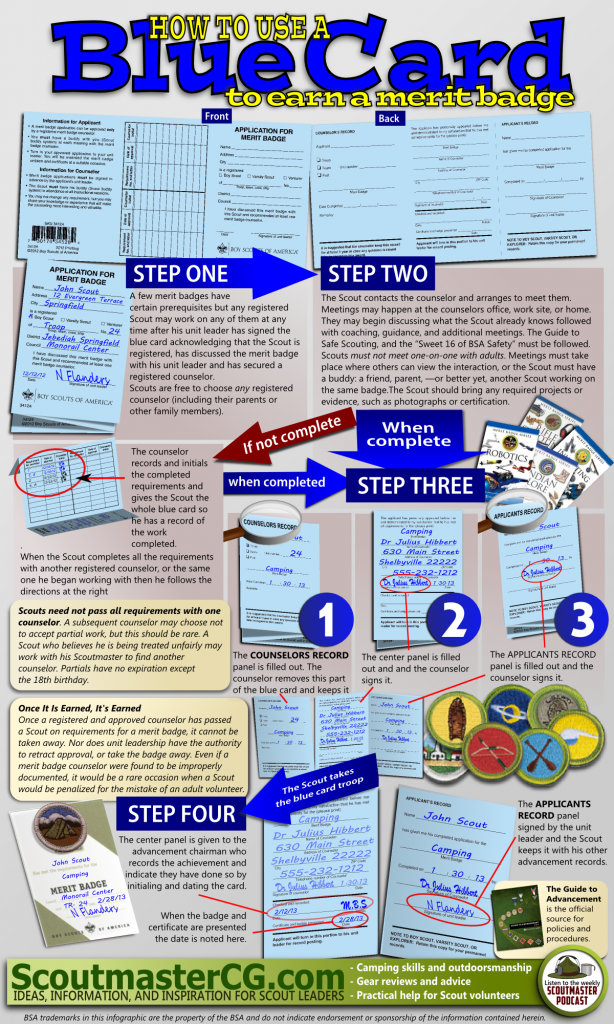 When your student is able to imitate this consistently, then move on to a new action, such as “stomp feet”. When introducing a new motor action, you may have to back up to step 1 in order to help them learn it. Once it is mastered, you can start to alternate between the two actions and take data. After that, continue on until your student can imitate a variety of motor actions. I usually start with 10 motor actions. Once they have those down, give yourself a high five and move on to step 4.
When your student is able to imitate this consistently, then move on to a new action, such as “stomp feet”. When introducing a new motor action, you may have to back up to step 1 in order to help them learn it. Once it is mastered, you can start to alternate between the two actions and take data. After that, continue on until your student can imitate a variety of motor actions. I usually start with 10 motor actions. Once they have those down, give yourself a high five and move on to step 4.
Next, you will move from IMITATION to teaching the child to follow simple VERBAL directions. Start with the same motor action(s) that you have just taught.
4. Verbal Direction With Visual Cue
Research shows time and time again that children with autism are visual learners. A visual cue that shows them what to do can be very helpful. It can bridge the gap in understanding how to follow one step directions. Use a picture depicting what you want your student to do (e.g. “clap hands”). You can take real pictures or purchase a simple set of visual supports that provides a clear visual cue for your student. Give the direction “clap hands” at the same time that you show the picture. Take data. If they are not able to follow the verbal direction using the visual cue, move to step 5.
You can take real pictures or purchase a simple set of visual supports that provides a clear visual cue for your student. Give the direction “clap hands” at the same time that you show the picture. Take data. If they are not able to follow the verbal direction using the visual cue, move to step 5.
5. Verbal Direction Full Physical Cue
For step 5, you will want to pair the visual cue card with the verbal direction (“clap hands”). Immediately use a full physical cue to help the student clap their hands (hand over hand prompting). Use a data sheet and track how they are doing. Please be mindful of children who are don’t like to be touched.
6. Verbal Direction Partial Physical Cue
Similar to the previous step, for step 6 you will pair the visual cue card with the verbal direction (“clap hands”). Next, place your hands on your student’s elbows and push in a bit to see if it cues them to finish the motor action of clapping their hands.
You may go back and forth between steps 4-6 for a while before you move on to step 7. When your student can consistently follow the verbal direction when it is paired with a visual cue, remove the visual cue. See if they are able to follow the direction with only the verbal cue.
When your student can consistently follow the verbal direction when it is paired with a visual cue, remove the visual cue. See if they are able to follow the direction with only the verbal cue.
7. Verbal Direction Only
The final step is to give only the verbal direction. For example, say “clap hands” and give some wait time if needed. Take data to make sure you know if you are making progress.
| Click here to see the visual supports for one step directions. |
Tips To Remember
Occasionally you will have a student who doesn’t follow this exact order (doesn’t understand “do this”, but learns to follow the verbal direction with a visual cue). That’s okay! Just move on to what they respond best to.
Reward often! Some children need to be rewarded (praise, bubbles, tickles) after each attempt. Others can do several trials before they need a reward. If your student is trying to walk away or is starting to become stressed or upset, that is a cue to YOU to reward more often. It is also important to find a reward that is motivating to the student. That’s another blog post!!! LOL!
It is also important to find a reward that is motivating to the student. That’s another blog post!!! LOL!
I created a set of data sheets to use when teaching children with autism how to imitate motor actions and follow one step directions. It includes 2 cue cards with the steps for teaching children with autism how to imitate motor actions and follow one step directions. They are yours for free!
Final note: If your student with autism has gone through and mastered all 7 steps to learn imitation and one step directions, it is time to move on to following one step directions by looking at picture scenes and then moving on to following two step directions. Finally, start embedding concepts into the two step directions!
Recommendations for activities for following one and two step directions:
One step directions Set 1
One Step Directions Set 2
One Step Directions Year Round Thematic Bundle
Two Step Directions
Two Step Directions With Embedded Concepts
Two Step Directions Year Round Thematic Bundle
Also, for additional training Click here to watch the Facebook Live Mini-Training titled “7 Steps To Teaching One Step Directions”.
| The Ultimate Guide for Targeting Language Skills in Young Children with Autism |
I would love to hear your comments below! Is this helpful? What else would you like to see from me? Thank you for everything you do & for being a part of the Autism Little Learners Community 💛🍎
Teach your toddler to follow simple 1 step instructions — Toddler Talk
Receptive Language Lessons
Written By Stephanie Keffer
Helping your child learn to follow simple everyday directions will make both of your lives easier.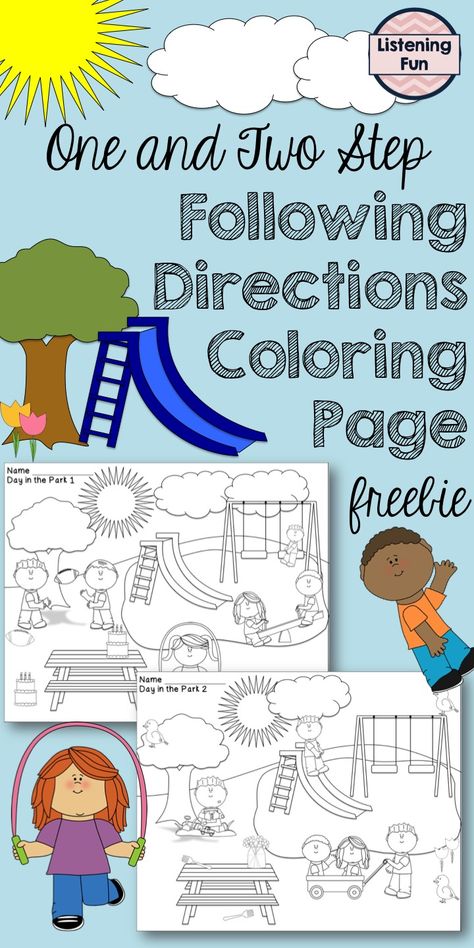 We’re talking about commands like “get your shoes,” “time to go,” and “brush your teeth.”
We’re talking about commands like “get your shoes,” “time to go,” and “brush your teeth.”
Most babies begin to understand and follow their first directions around nine months old, typically before they say their first word. Your child will likely learn to follow directions within the context of regular routines first, since they’ll be able to anticipate what you’re going to ask them to do.
I’m going to show you how speech therapists teach toddlers to follow these everyday one step instructions.
Tips for teaching your toddler simple one step instructions
Tip 1 - Start with “Give Me”It can be challenging at times to get your child to give something up. At first, try practicing with an object or toy that only you can make work. Bubbles are a great example of a toy that children need help opening and operating.
Bubbles are a great example of a toy that children need help opening and operating.
You might ask your child “Give me” in reference to the bubbles in their hand. Use gestures as needed to help your child understand your request, such as motioning for them to place the bubbles in your hand. When they give the bubbles to you, you open the container and blow bubbles, and your child experiences something that they like. Toys with buttons or wind-ups that activate sounds or actions are great options too.
Another idea is to put a toy or a snack in a bag or clear Tupperware so that your child needs assistance getting it out. Hand them the sealed container, then say “give me” when they are unable to open it.
Remember, it’s important to keep practice positive and fun to improve participation and keep your child engaged with you.
Tip 2 - Practice next during your routine for leaving the houseA routine direction that many children learn early on is “Get your shoes” or “Put your shoes on. ” Children can often anticipate this direction because you likely have a routine that you perform while getting ready to go to the park, like gathering your keys and bag. This is a great direction to practice because there’s a functional reason for why you do it.
” Children can often anticipate this direction because you likely have a routine that you perform while getting ready to go to the park, like gathering your keys and bag. This is a great direction to practice because there’s a functional reason for why you do it.
When you ask your child to follow a direction that has a clear purpose, they are much more likely to comply than if you ask them to do something random. At this stage, it’s okay to provide your child with help - like showing them that you're grabbing your things, or pointing toward the door to indicate that it’s time to leave.
Be sure to say the direction the same way every time so they can become familiar with the precise words you are using.
Tip 3 - Practice with routine one step directions during an activity that your child enjoysNow I want you to think about the routines you do with your child every day. Pick one that your child especially enjoys, and have them help out. Give them the same job to do every day, and use the same direction each time.
For example, if your child likes helping you feed the dog every morning, you might have them “Get the bowl” every time. If your child loves snack time, you might practice “Sit at the table” every day. You may have to show your child exactly what to do at first, but over time, your child should be able to follow these directions on their own within the context of your routine.
One more tip — try to pick routines that allow extra time for your toddler to help, knowing that it may take a bit longer than if you were to do it by yourself. It’s hard to allow your toddler this learning time if you are running late to work, so pick routines that are less time-sensitive.
Download our activity guide for practicing with simple one step instructions at home ↓
At home activity for practicing with simple everyday commands:
Daily choresMaterials:Nothing outside of daily life.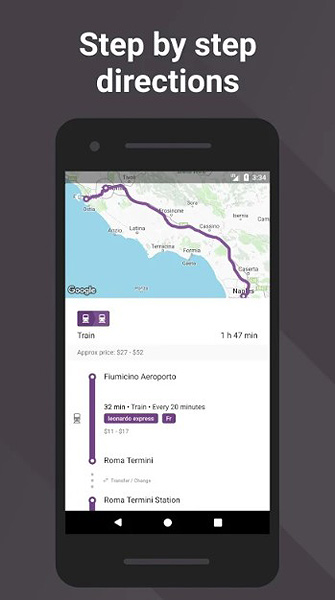 Specific materials depend on what directions you choose to focus on.
Specific materials depend on what directions you choose to focus on.
Everyday directions mean things you say every day to your child or when your child is around. Choose 1 or 2 of these to actively practice with your child. These may be things like:
Throw diaper in the trash
Put in (put laundry in hamper, put clean clothes in drawer, put toys in bin)
Throw it away
Turn on/off light
Think about what you say frequently and during what activity. We want these to make sense within your daily routine. It doesn't make sense to ask your child to throw away a diaper, while you’re outside on the swings. But if you stop the swings to change his diaper or sibling’s diaper, NOW it would make sense to ask them to throw it away.
Note: Be purposeful in choosing what to work on. I purposely didn’t practice with things like my keys or my cell phone, even those are so fun and motivating, because I didn’t want to build the association that those are toys or things for my child, as they would inevitably then be throw in into a random box or bin while my child “helped” when I wasn’t looking 😀 That’s just a personal example, find what works for you and your family 😊
After you’ve chosen your 1 or 2 directions to focus on… pick one activity to practice that skill on, every single time you do it (or as much as possible). If you choose “put in”, and pair it with laundry, then be prepared to have your child “help” you with the laundry each day. Or if you choose “throw away” paired with throwing out a dirty diaper, be prepared to have them throw out the diaper after all (or most) changes.
If you choose “put in”, and pair it with laundry, then be prepared to have your child “help” you with the laundry each day. Or if you choose “throw away” paired with throwing out a dirty diaper, be prepared to have them throw out the diaper after all (or most) changes.
Make sure you share these tasks with other caregivers, so that your child is getting consistent practice.
Set up the situation. If your child is helping with “put in” for laundry, then have that laundry hamper ready when the dryer is done and then call your child over. Or if it’s throwing things away, make sure the trash can is accessible.
What to say:When the situation you’ve picked arises,
Verbally tell your child the direction “throw it away”... then pause, count to 3 or 5 in your head
After counting to 3, repeat it “throw it away.”
If they haven’t done it yet, take their hands and do it together with them, while again saying “throw it away.
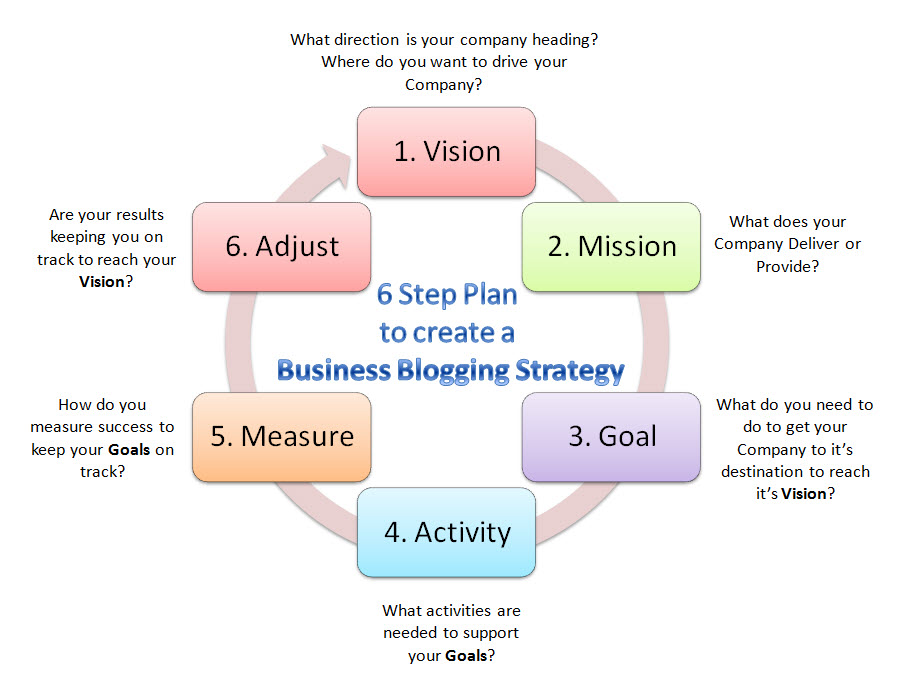 ”
”
You can also build in the routine by calling their attention to what you’re doing… with an extra emphasis on the direction part of your narration. Examples such as: “eeeew this diaper is so stinky! So much pee pee! THROW IT AWAY, ew yuck!” or “Nice warm clean clothes. Yay. Clean clothes go IN the hamper. Let’s PUT IN the hamper”
When the task is done, give specific praise. “You/we did it. We put all the clothes IN the hamper! Thanks for helping me”
Then the next time that situation arises, practice it again. Over time, your child will need less repetitions, and less practice doing it with you.
© 2020-2022. Stephanie Keffer, MS CCC-SLP. All Rights Reserved.
The content offered on ToddlerTalk.com is for informational purposes only. Toddler Talk is not engaged in rendering professional advice, whether medical or otherwise, to individual users or their children or families.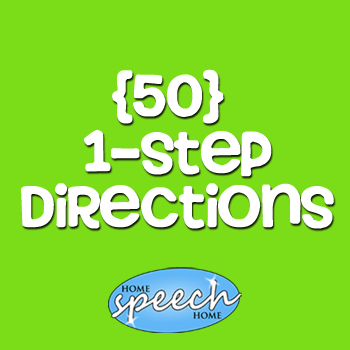 No content on this site, regardless of date, should ever be used as a substitute for direct medical advice from your doctor, speech language pathologist, or other health professional. By accessing the content on ToddlerTalk.com, you acknowledge and agree that you are accepting the responsibility for your child’s health and well-being. In return for providing you with information related to home speech and language practice, you waive any claims that you or your child may have as a result of utilizing the content on ToddlerTalk.com.
No content on this site, regardless of date, should ever be used as a substitute for direct medical advice from your doctor, speech language pathologist, or other health professional. By accessing the content on ToddlerTalk.com, you acknowledge and agree that you are accepting the responsibility for your child’s health and well-being. In return for providing you with information related to home speech and language practice, you waive any claims that you or your child may have as a result of utilizing the content on ToddlerTalk.com.
Stephanie Keffer
Computer Academy TOP - Ucheba.ru
College of Economic International Relations
For graduates of 9th and 11th grades.
Higher education online
Federal project of distance education.
I would go to the oil industry!
Take the test, find out your future profession and how to get it.
Technologies of the future
Get inspired to become a cool engineer to change the world
Student projects
Moscow Polytechnic University students talk about their inventions
Chemistry and Biotechnology at RTU MIREA
120 years of training experience
International College of Arts and Communications
MKIK - modern college
English language
Together with Wall Street English experts, we decided to talk about English in a way that would make you want to learn it.
15 rules of safe behavior on the Internet
Simple but important rules for safe online behavior.
Olympiads for schoolchildren
List, calendar, levels, benefits.
First economic
We talk about what lives and how the REU named after G.V. Plekhanov.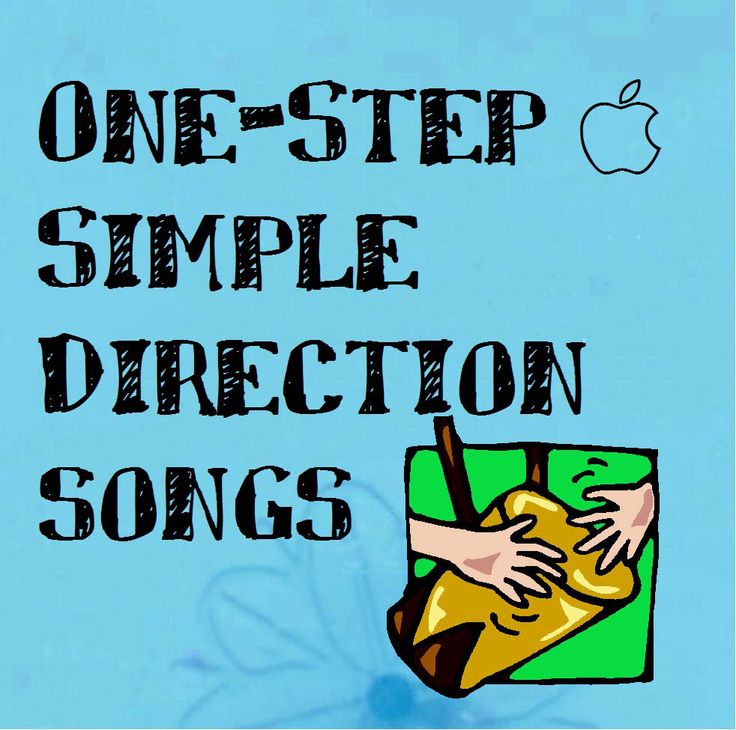
Ticket to Holland
Participate in the competition and win a trip to Holland to study at one of the summer schools at Radboud University.
Digital Heroes
They create Internet services, social networks, games and applications that are used daily by millions of people around the world.
Jobs of the future
How new technologies, scientific discoveries and innovations will change the landscape of the labor market in the next 20-30 years
Dream professions
Together with the Foxford online learning center, we decided to ask schoolchildren who they dream of becoming and where they plan to go.
Economic Education
About what the modern economy is and what career prospects open up for future economists.
Humanitarian sphere
We talk with experts about the importance of liberal arts education and the areas of its application in practice.
Young engineers
Engineering specialties are becoming more and more in demand and promising.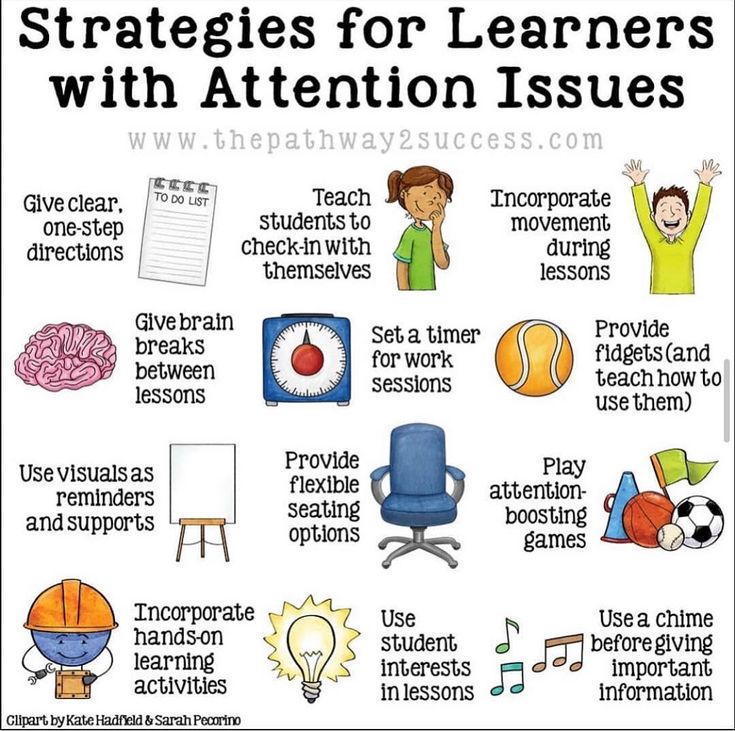
Table of ranks
What is the civil service, who are civil servants and what kind of education is a good start for future officials.
Career in petrochemistry
Petrochemistry is innovation, the real production of products that are in every home.
ᐉ IT courses from scratch with employment Dnipro
Adult Education
Programming
5 courses
Design
4 courses
Marketing
1 course
Cybersecurity
1 course
Education for Children
IT programs
4 programs
Comprehensive school
2 programs
Soft skills
2 programs
Holidays
10 programs
Why choose us?
STEP IT Computer Academy has been operating since 1999, when the IT industry was just beginning to develop and gain popularity.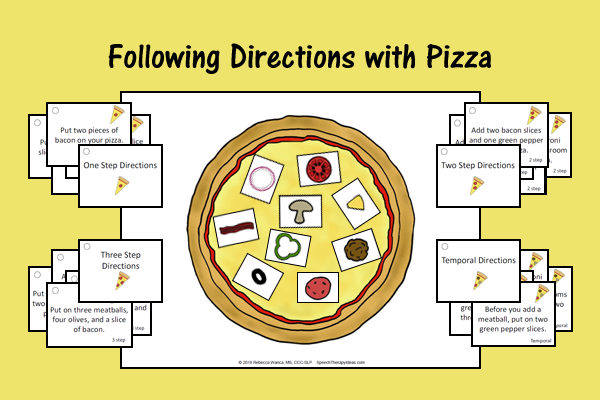 Even then, we were graduating the first programmers, web designers and other IT specialists. Today we provide students with the skills that employers and modern business need - no dry theory and "water". Employers do not need your knowledge - they need competence in solving work problems and setting up business processes.
Even then, we were graduating the first programmers, web designers and other IT specialists. Today we provide students with the skills that employers and modern business need - no dry theory and "water". Employers do not need your knowledge - they need competence in solving work problems and setting up business processes.
Computer Academy STEP IT has been operating since 1999, when the IT industry was just beginning to develop and gain popularity. Even then, we were graduating the first programmers, web designers and other IT specialists.
Today we provide students with the skills that employers and modern business need - no dry theory and "water". Employers do not need your knowledge - they need competence in solving work problems and setting up business processes.
Success stories of our graduates
More than 1500 companies
worldwide
where our graduates work
We'll help you choose!
If you have questions about courses or don't know what to choose, leave your number: we will call to answer all your questions.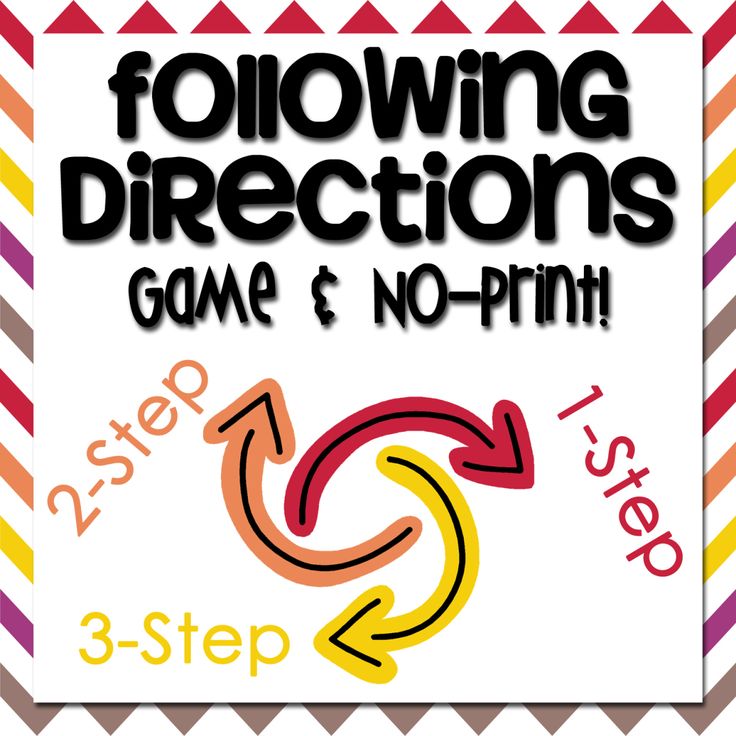
Upcoming events
18 November at 18:00
How to become a Front-end developer?
Learn more
19 November at 14:00
Master class for high school students and their fathers "How to convert the IT profession?"
Learn more
November 21 at 18:30
IT Professions Marathon: Rozrobnik
Learn more
All events
FAQ
On a semi-stationary form of study, classes are held once a week for 3 couples on a day off (Saturday or Sunday). Semi-stationary allows you to combine IT education with a university or work. Every week you get a consultation from teachers and a lesson for self-study, which includes theory, examples of problem solving, instructions, homework, interactive videos and other materials. The hospital is suitable for those who are used to gaining knowledge and experience as much as possible immersing themselves in a new area surrounded by like-minded people. Classes for 3 hours / 3 times a week on weekdays with experienced teachers.
Semi-stationary allows you to combine IT education with a university or work. Every week you get a consultation from teachers and a lesson for self-study, which includes theory, examples of problem solving, instructions, homework, interactive videos and other materials. The hospital is suitable for those who are used to gaining knowledge and experience as much as possible immersing themselves in a new area surrounded by like-minded people. Classes for 3 hours / 3 times a week on weekdays with experienced teachers.
Any person over the age of 15 can study at a full-time basis, from 18 years of age and older, at a semi-residential level, regardless of basic education. No exams or tests are required for admission.
STEP Computer Academy Diploma in two languages: Ukrainian and English, and you will also receive certificates from Microsoft if you pass for certification.
If you find it difficult to decide on IT courses, please contact our phone managers on the site. They will select the right courses for adults, for teenagers or computer courses for children.

